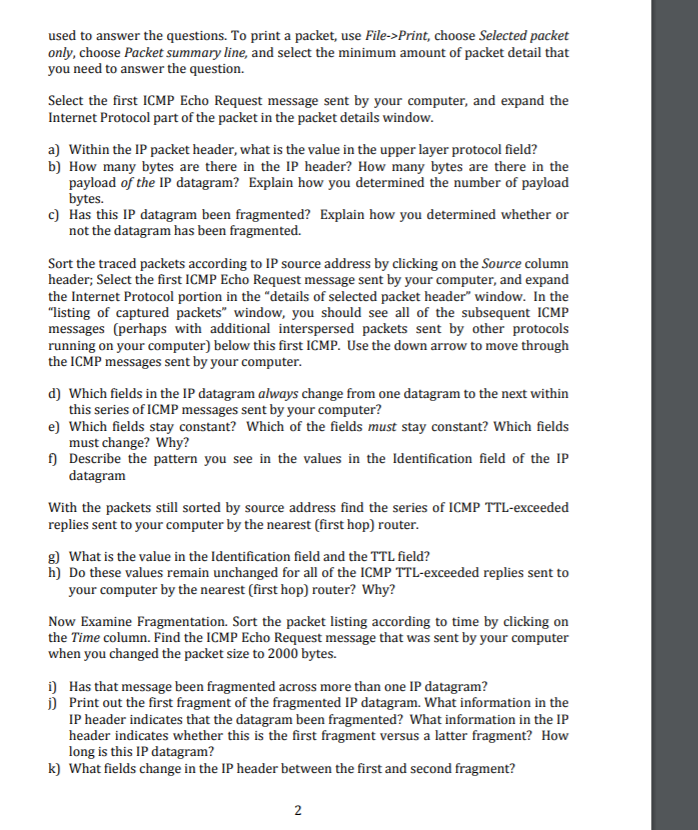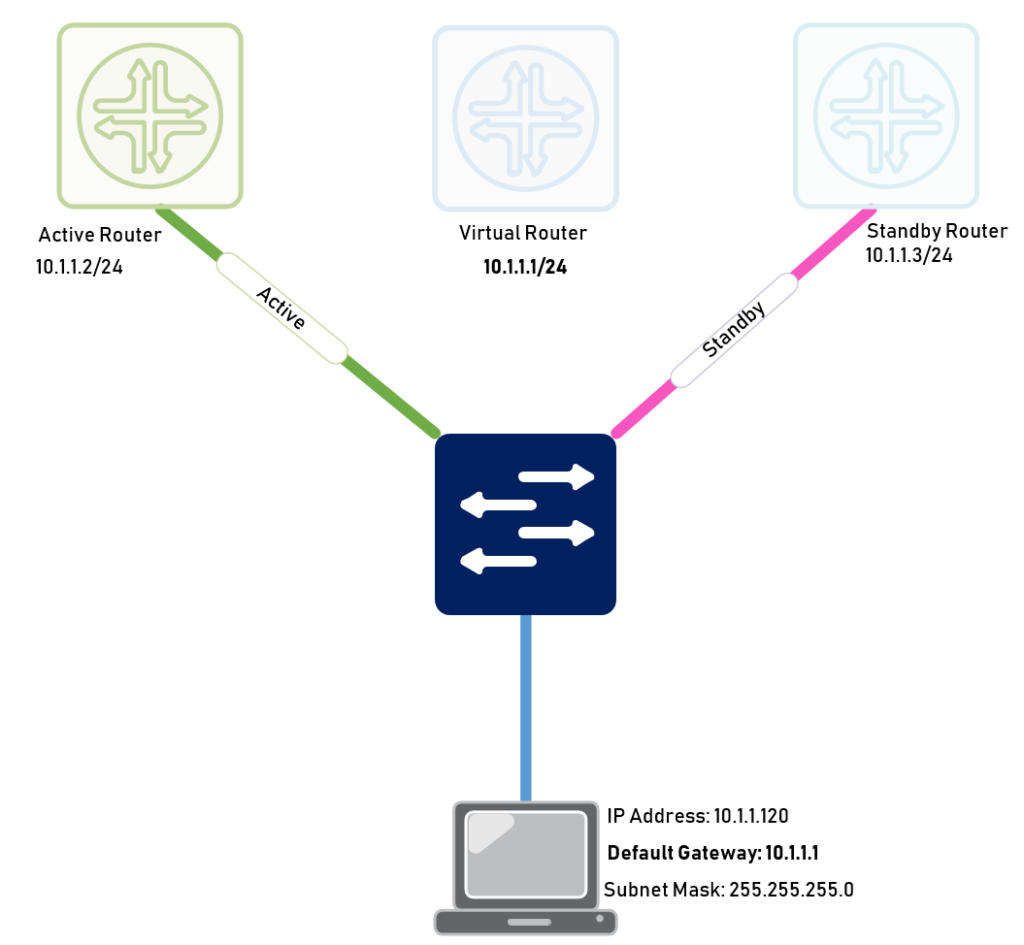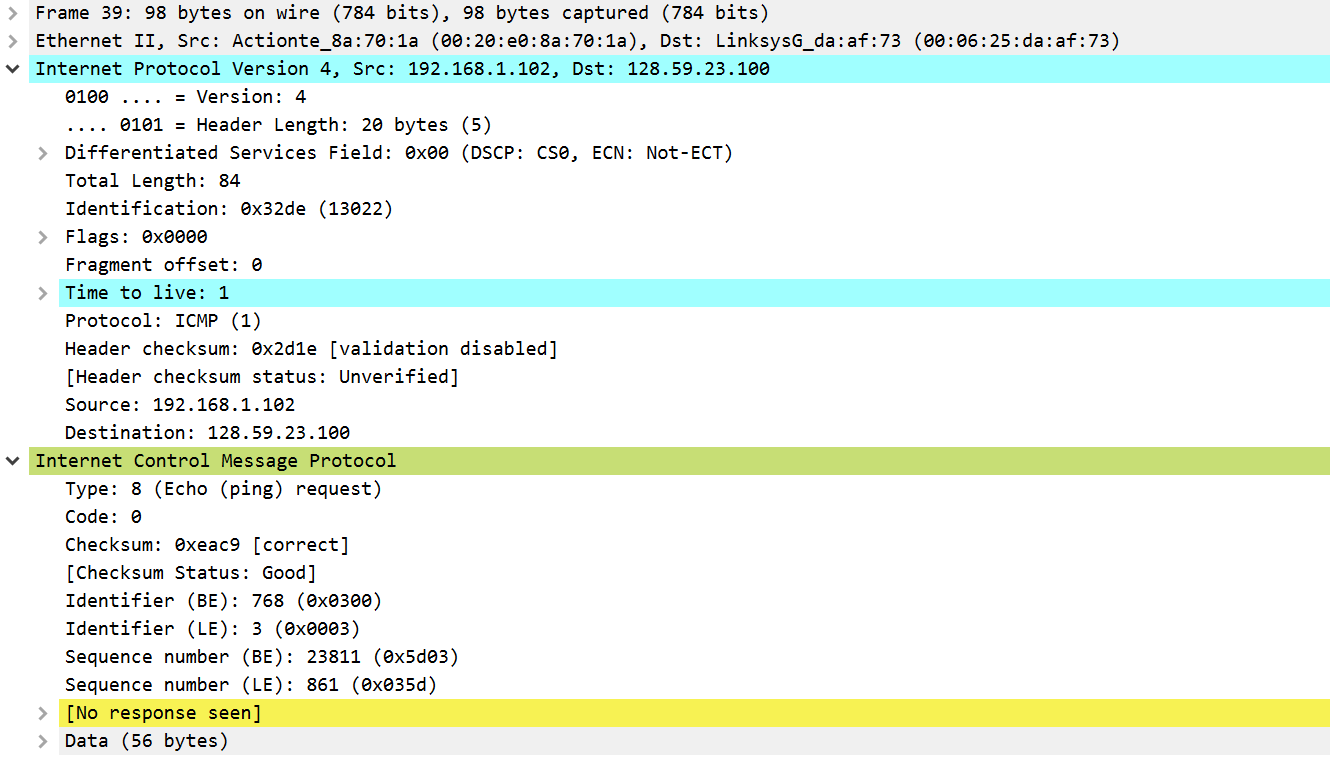1. Select the first ICMP Echo Request message sent by your computer, expand the Internet Protocol part of the packet in the pack
1. Select the first ICMP Echo Request message sent by your computer, expand the Internet Protocol part of the packet in the pack

Sensors | Free Full-Text | A Software-Defined Directional Q-Learning Grid-Based Routing Platform and Its Two-Hop Trajectory-Based Routing Algorithm for Vehicular Ad Hoc Networks
1. Select the first ICMP Echo Request message sent by your computer, expand the Internet Protocol part of the packet in the pack
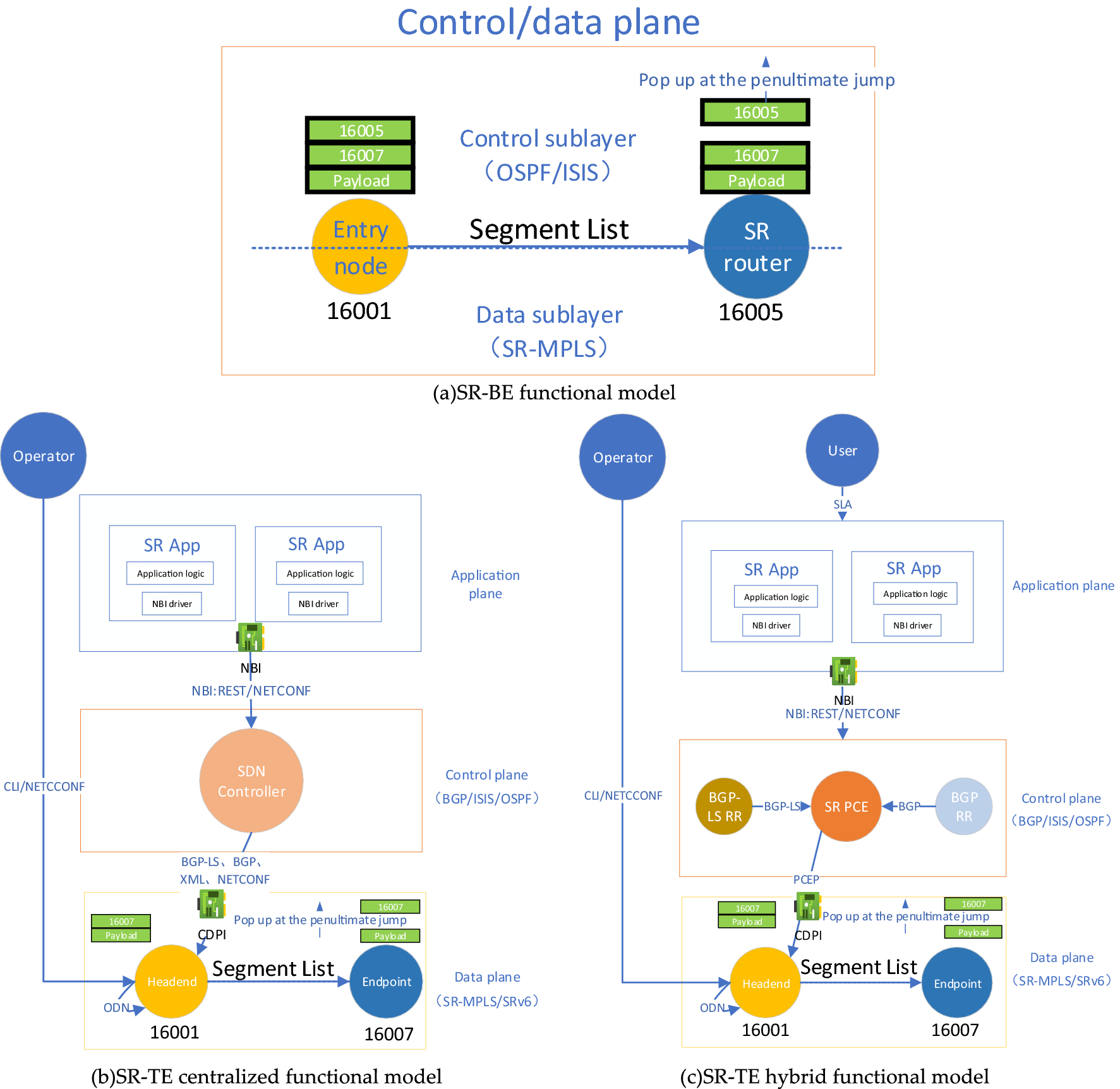
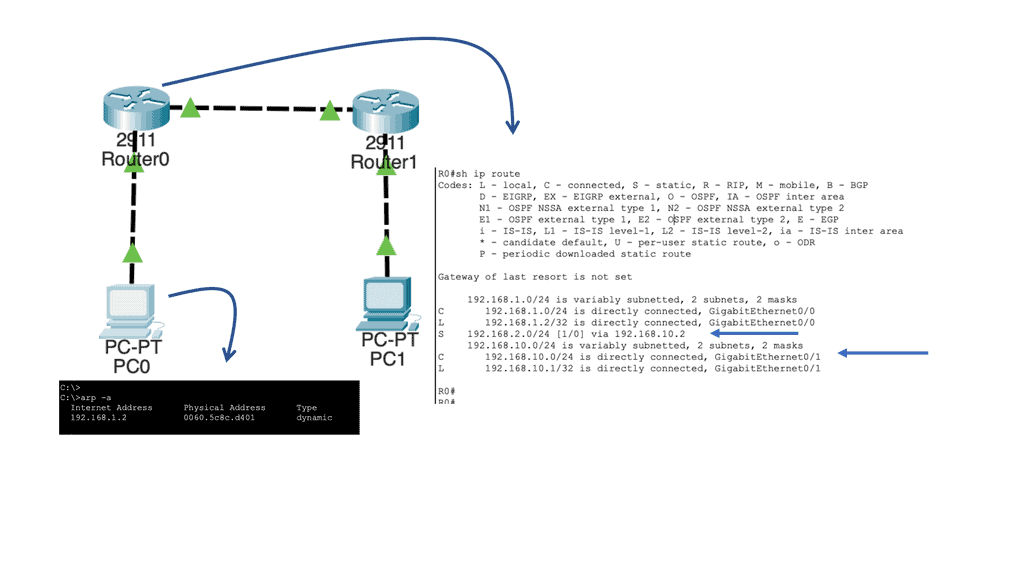


![Solved wireshark PVO Compatibility Mode] sert Design Layout | Chegg.com Solved wireshark PVO Compatibility Mode] sert Design Layout | Chegg.com](https://media.cheggcdn.com/study/92e/92efe1b2-5542-42d7-bfe0-df036b91f6ff/image.png)





